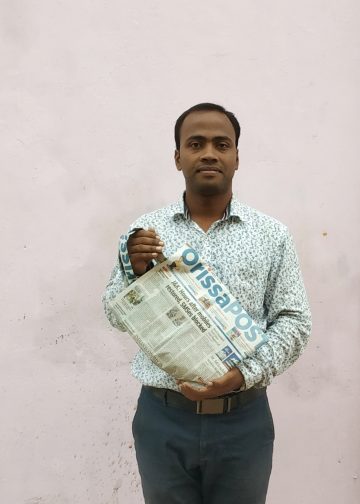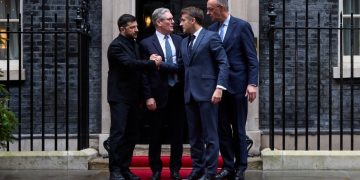Swansea: Mammals, from the mighty blue whale to the tiny shrew, inhabit nearly every corner of our planet. Their remarkable adaptability to different environments has long fascinated scientists, with each species developing unique traits to survive and thrive.
Despite such vast biological diversity, it was believed until recently that the structure and function of the heart across mammals was the same. But research from my colleagues and I reveals that the human heart is an outlier, distinctly different from those of our closest relatives, the great apes, including chimpanzees, bonobos, orangutans and gorillas.
So, why are humans the odd ones out?
Humans diverged from chimpanzees (Pan Troglodytes), our last common ancestor, between five and six million years ago. In contrast, people evolved to stand upright to engage in greater amounts of activity, such as persistence hunting. And we have developed considerably larger brains.
These changes to humans’ bodies were associated with a much greater metabolic demand, requiring more blood to be pumped to our muscles and brain. Our research suggests that the human heart has adapted to support our upright stance, movement and larger brain.
Over the last ten years, we have been conducting assessments of the cardiovascular system of great apes across the globe. We have been fortunate enough to work with dedicated veterinarians and care staff in the UK, Europe, Africa and Asia. An important aspect of these assessments has been the use of cardiac ultrasound through which we can assess the structure and function of the heart, how large it is and how the muscle contracts, twists and rotates.
Our previous research has suggested that the structure of the human heart may be different to that of the chimpanzee. Using cardiac ultrasound, we discovered that the left ventricle – the heart’s main pumping chamber – in chimpanzees contains bundles of muscles arranged in a mesh known as “trabeculations”.
For our current study, we wanted to examine if trabeculations exist in the other great apes, which we found that they do. In contrast, humans have a smooth wall of the left ventricle. This difference is especially pronounced at the bottom of the left ventricle, where the human heart’s smoothness is nearly four times greater than that of our great ape relatives.
Our research didn’t just reveal structural differences in the human left ventricle compared to that of the great apes; we also uncovered an important difference in function. By using a specialised technique called “speckle-tracking echocardiography”, which tracks heart muscle movement during contraction and relaxation, we examined how the muscle thickens, twists, rotates and lengthens.
The results were striking. Humans, who have the least trabeculation, exhibited much greater twist and rotation at the apex (the tip of the heart) during contraction. In contrast, non-human great apes, with their heavily trabeculated hearts, showed much less movement.
We believe the human heart evolved away from the trabeculated structure seen in the other great apes to enhance its ability to twist and contract more efficiently. This increased twisting motion, along with the smooth ventricular walls, probably allows the human heart to pump a larger volume of blood with each beat. This meets the heightened demands of our physical activity and larger brains.
Our research challenges the assumption that heart structure is uniform across mammals. Instead, subtle but crucial differences in heart anatomy and function have emerged in response to unique environmental challenges.
Cardiac disease
While our current research has shed light on the evolution of the human heart, our work analysing the hearts of endangered great apes continues. Sadly, cardiac disease is the leading cause of death in captive great apes.
Unlike humans, great apes do not appear to develop coronary artery disease. Rather, their heart muscle undergoes a fibrotic, or thickening, process which causes poor contraction and a susceptibility to arrythmia, which is a problem with the rhythm of the heartbeat.
The cause of this disease is unknown. So, we at the International Primate Heart Project have been conducting assessments of great ape cardiovascular physiology across the globe to further understand the disease.
Before our involvement, little was known about the normal cardiovascular physiology of great apes. Through collaboration with veterinary practitioners, our research has generated vital data, significantly improving our understanding of human heart evolution, as well as the understanding, diagnosis and management of heart disease in great apes.
By Aimee Drane, Swansea University
The Conversation






































